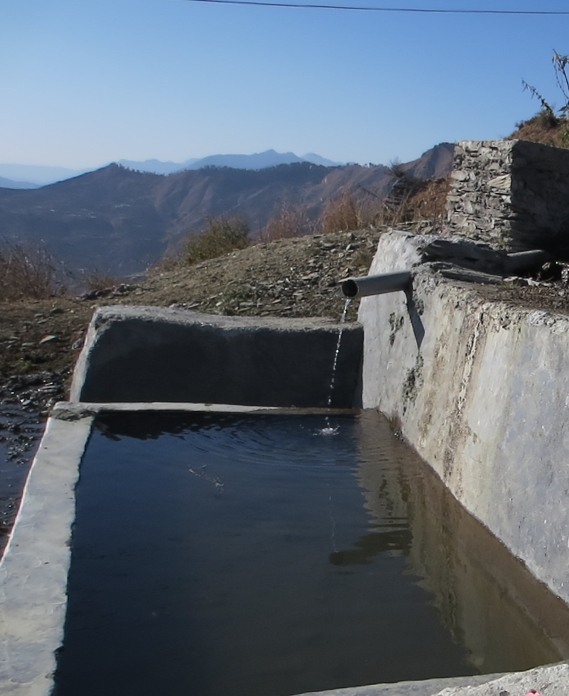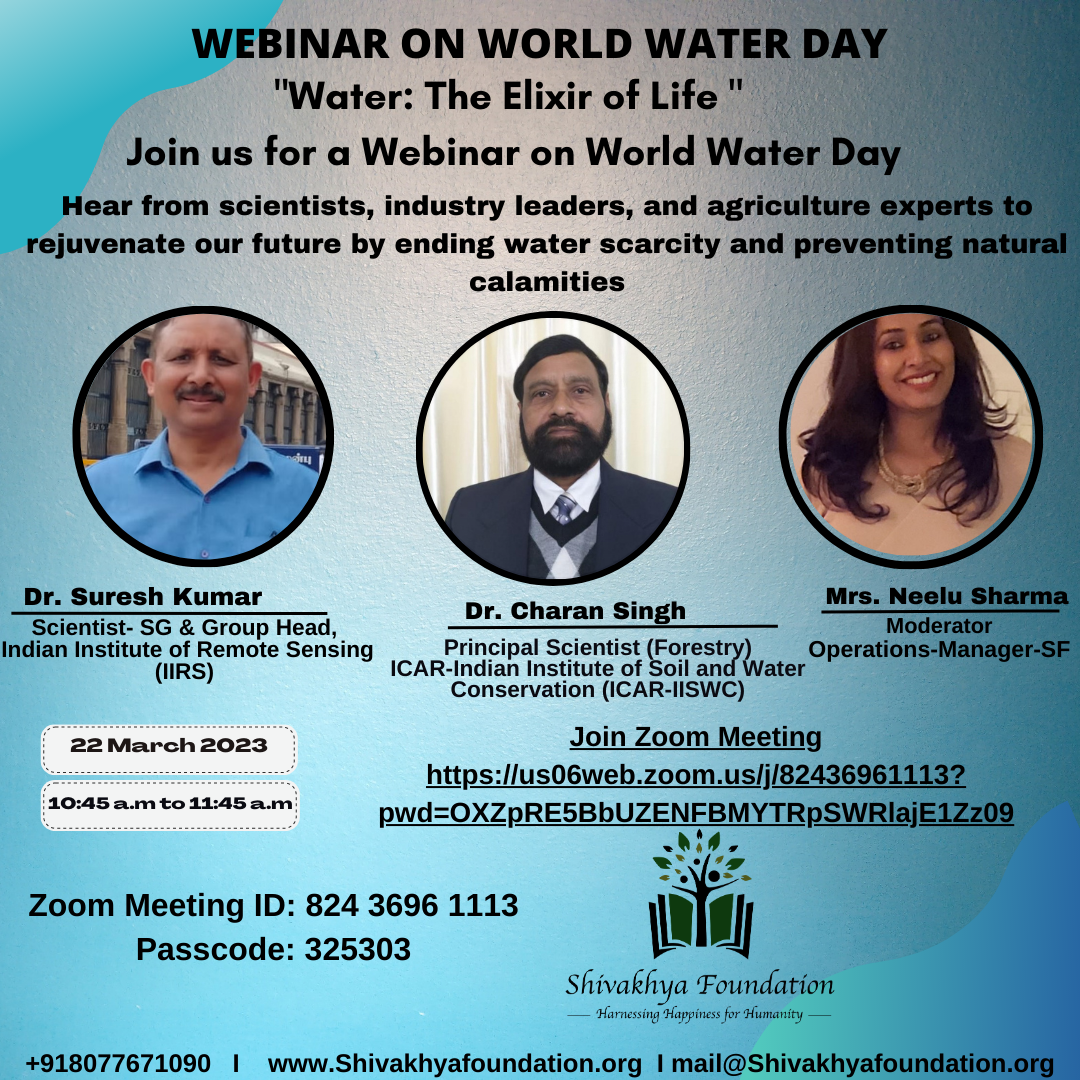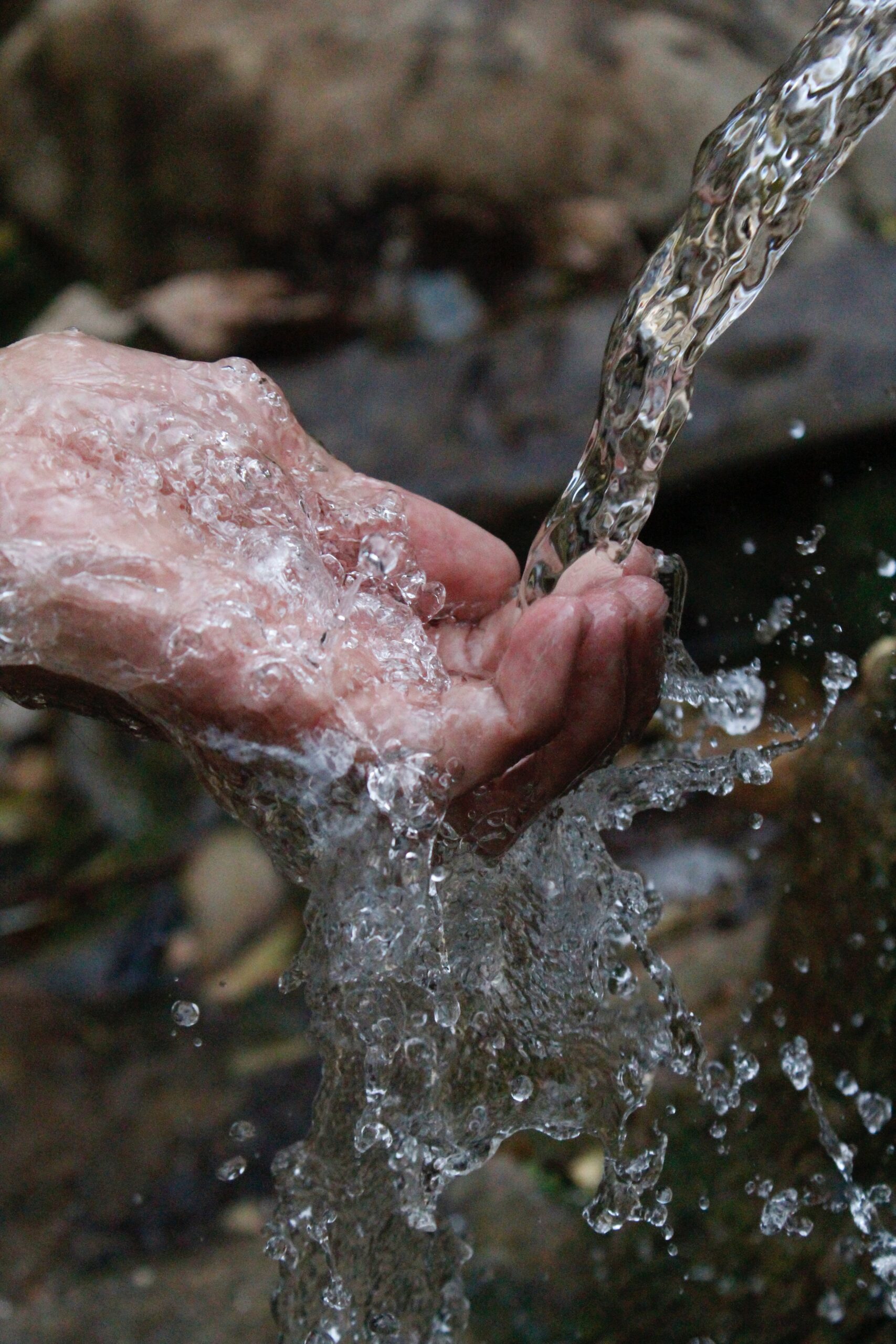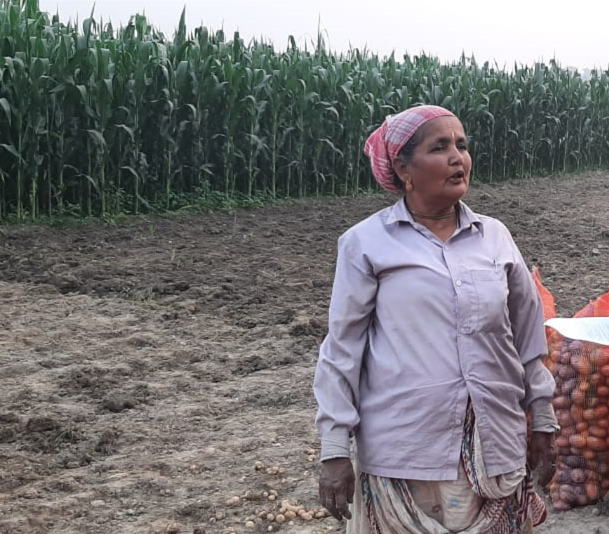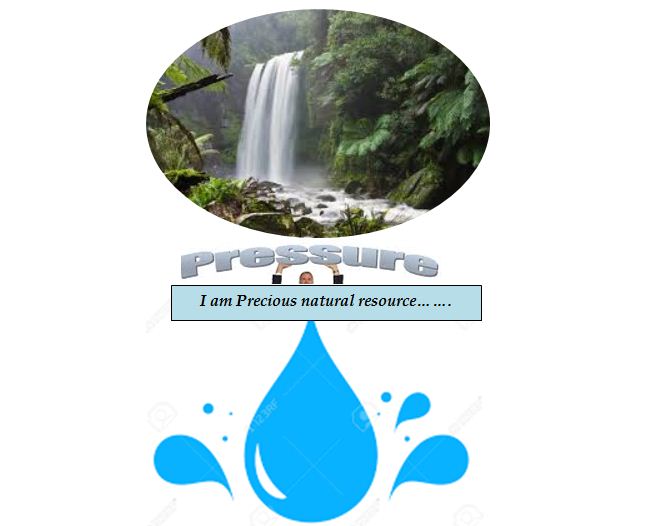Integrated watershed management using information technologies
Now a days, every state is implementing a community driven participatory watershed development Programmes for example IWMP (Integrated Watershed Management Programme) PMKSY (Pradhan Mantri Krishi Sinchayee yojana etc) and other world bank assisted programme , the major objectives of all are to improve the :-
1. productive potential of degraded watershed and their associated natural resources
2. Increasing productivity, conservation of resources mainly soil and water and off course land use,
3. Livelihood is also the major objective i .e to create additional employment for the small/ marginal farmers, agriculture laborers and non-farmers etc.
4. Productivity should be maximized per unit area plus per unit of water (one of the objective of per drop more crop component of PMKSY)
5. Sustainability of eco-system (jal, jungle, jameen) all J’s etc.
Every project should be in the state of adopting the art of information technology for planning, evaluation, monitoring ,DSS the watershed activities.
There are so many information technology tools available with the help of which planning and monitoring has become so easy like :
• Remote sensing (RS)
• Geographical Information System (GIS)
• Management Information System (MIS)
• Android programing etc.
These are the core technologies for resource mapping, database generation, data mining, data warehousing, database extraction, analysis and information generation i.e. Quick and valid reporting for watershed development fruitful for DSS.
Each watershed programmes uses its own MIS system for their physical and financial achievement database management so that valuable decision can be carried out for developing watersheds. We must say that MIS system should provide information’s which in the end yield valid decision.
Satellite Remote sensing technology is extensively used for inventory mapping and assessment of natural resources.
GIS is also used for analysing and integrating the spatial and non-spatial data .Thematic information are integrated under GIS to generate good plans like Run- off estimates, land resources plan, site selection plans, wasteland records, characterization and prioritization of Watersheds.
Satellite data information are gathered before, during and after the implementation periods , would be utilized to keep a check on the changes and also evaluate the changes on land and water resources.
In the end my point of view is that MIS and GIS should be extensively be used in watershed development programme for sustainability of the eco system.



